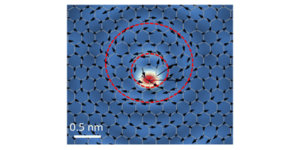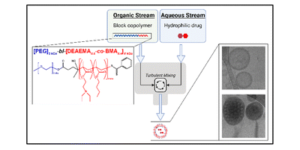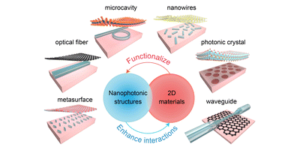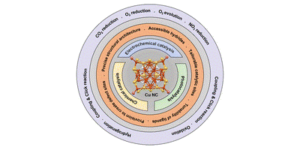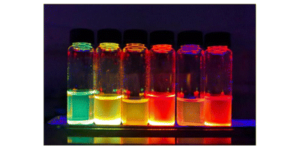Nanoscale Horizons Emerging Investigator Series
Congratulations to our latest Emerging Investigator Dr Leslie Schoop (Princeton University, USA)!
Since the launch of Nanoscale Horizons, the journal has had a clear vision to publish exceptionally high-quality work whilst acting as a resource to researchers working at all career levels. We continue to be impressed by the quality of the research published and at the same time are looking for new ways of recognising and promoting the outstanding authors behind articles published in the journal.
We launched our Emerging Investigator Series to showcase the exceptional work published by early-career researchers in the journal and regularly select a recently published Communication article to feature in an interview-style Editorial article with the corresponding author. We hope that the series will also benefit the nanoscience community by highlighting the exciting work being done by its early-career members.
We are excited to share our latest Emerging Investigator, Dr Leslie Schoop (Princeton University, USA)!

Dr Leslie Schoop received her Diploma in Chemistry from Johannes Gutenberg University and PhD in Chemistry from Princeton University. She then went on to work as a Minerva fast-track fellow under Professor Bettina Lotsch at the Max Planck Institute for Solid State Research. Leslie joined the Princeton University Department of Chemistry Faculty in 2017 and was tenured in 2022. The Schoop Lab is working at the interface of chemistry and physics, using chemical principles to find new materials with exotic physical properties. |
Read our interview with Leslie here
Congratulations to Dr Leslie Schoop for her excellent work! You can read her featured Emerging Investigator article from Nanoscale Horizons below, which is fully open access and free to read.

Chemical exfoliation of 1-dimensional antiferromagnetic nanoribbons from a non-van der Waals material
|
We hope you enjoy reading our interview and featured article and are looking forward to sharing our future Emerging Investigators with you!
Do you publish innovative nanoscience and nanotechnology research? Submit your latest work to Nanoscale Horizons now. If you are eligible for the Emerging Investigators series, you could be considered to feature in one of our future interviews! Find out more about the eligibility criteria and the process in this editorial introducing the series.













